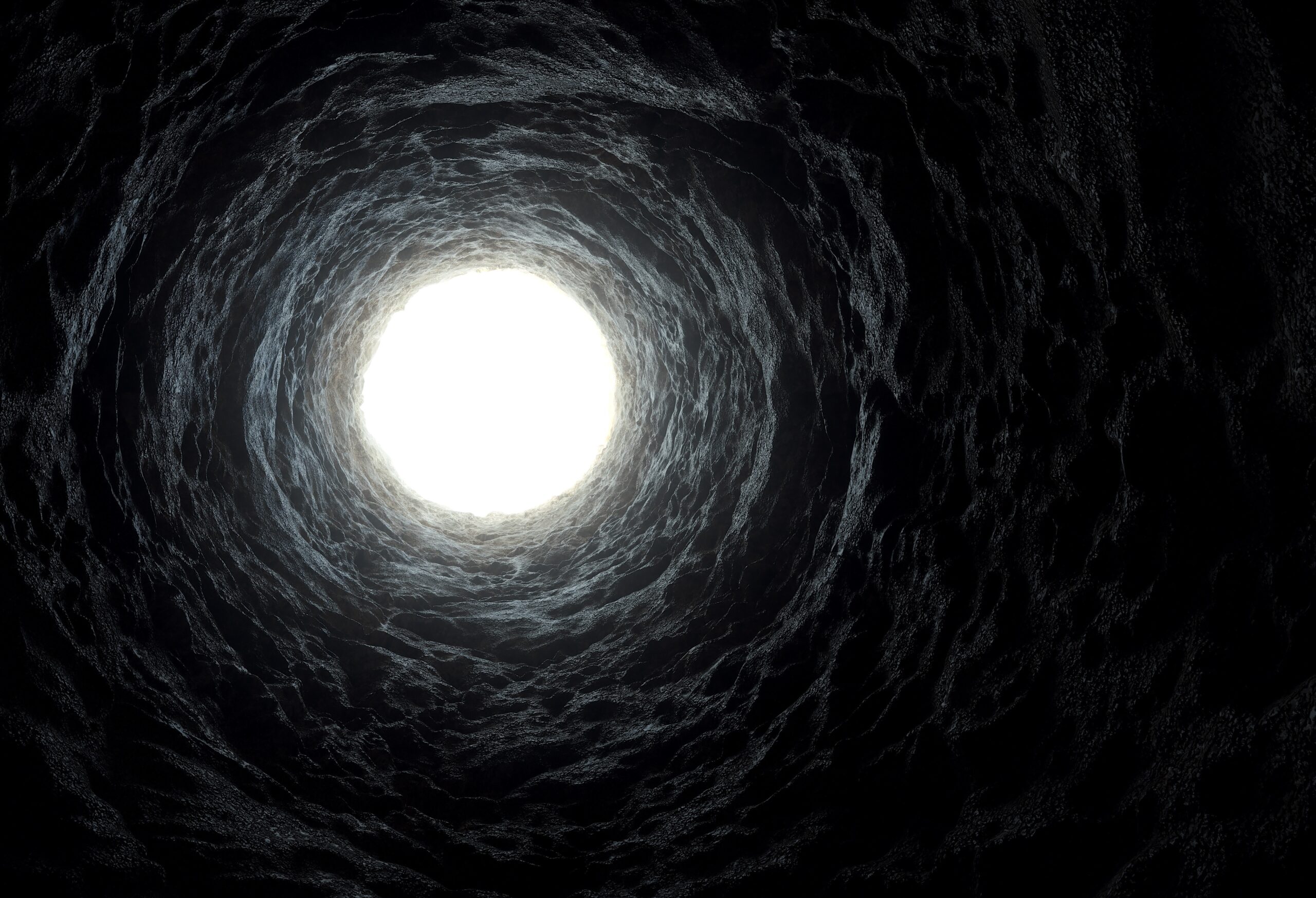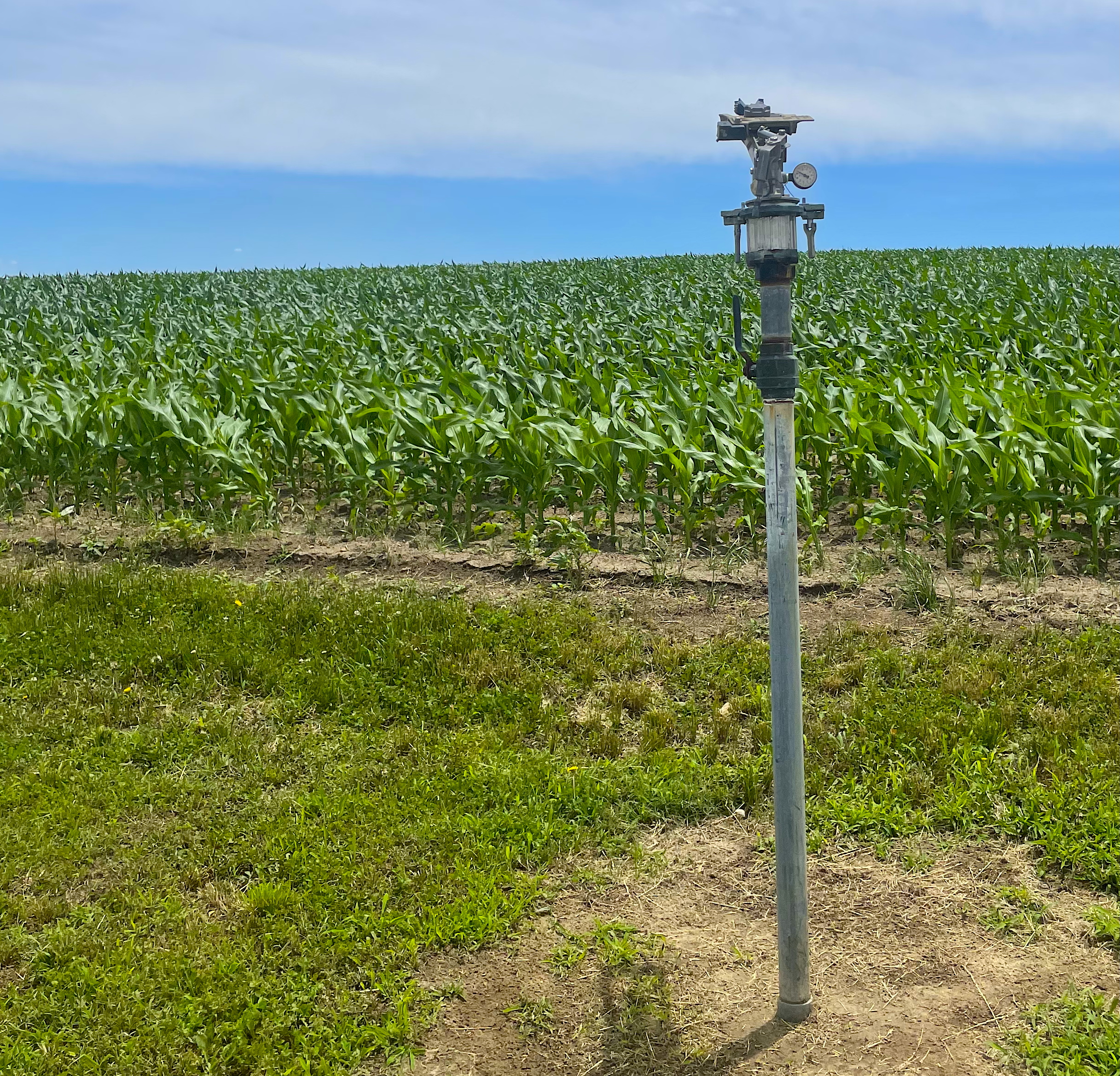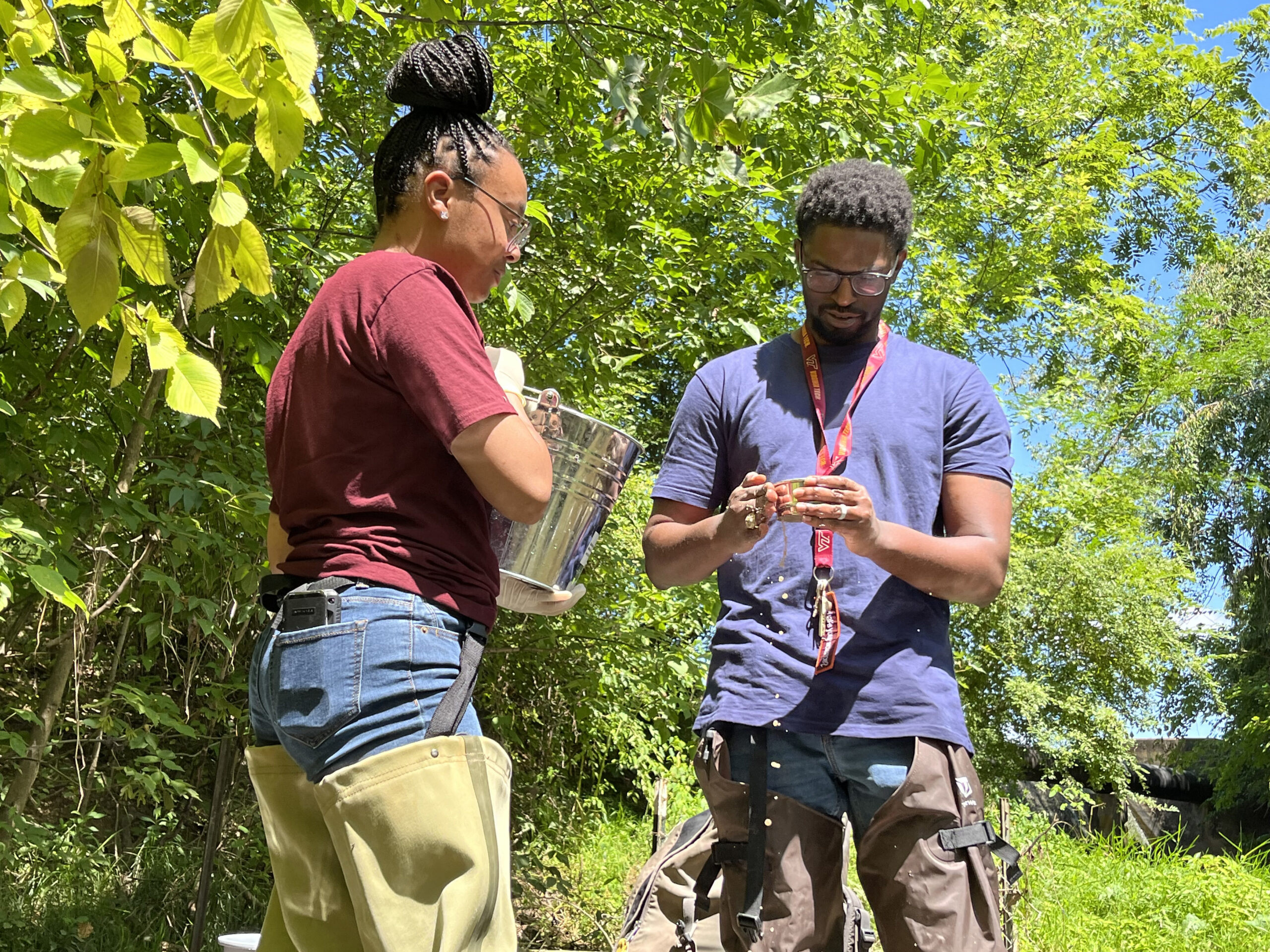PET Predators
Can New Bacteria Transform Ocean Cleanup?
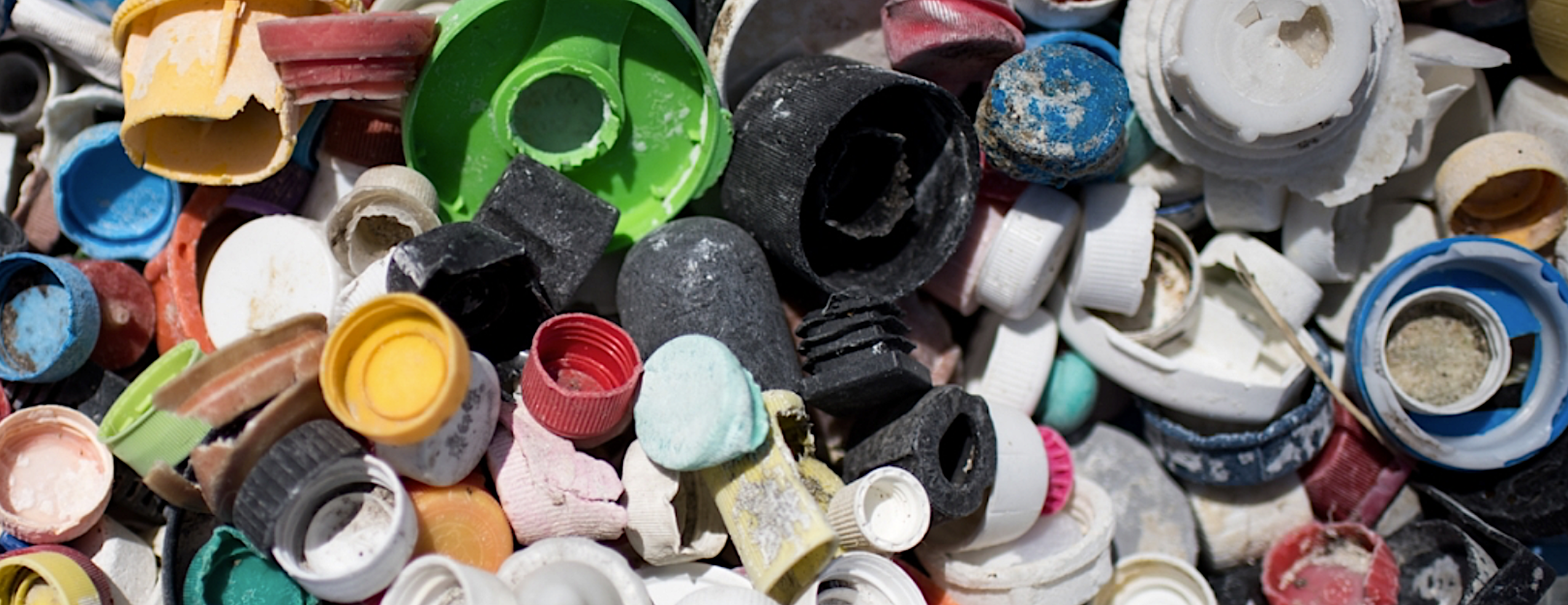
Chemical and biomolecular engineer Nathan Crook and student Tianyu Li at NC State University are developing a microorganism that can break down and absorb plastic waste.
Researchers at NC State University, led by chemical and biomolecular engineer Nathan Crook, are developing a fast-growing marine bacterium with the ability to degrade polyethylene terephthalate (PET) — one of the most common and persistent plastics found in the ocean.
In combination with glass fiber, PET is used in fibers for clothing, containers for liquids and foods, thermoforming for manufacturing, and engineering resins.
In 2021, annual production of PET was 55 million tons. A study by the market research firm Facts and Factors revealed that the global market size for PET was about $37.25 billion in 2021 and could reach $41 billion by 2030.
The biggest application of PET is in fibers for the textile industry (over 60%), with bottle production accounting for about 30% of global demand. However, the packaging industry has a growing interest in PET, due to its high melting point and mechanical properties.
The food and beverage industries also use PET materials for packaging containers because of their lightweight nature and ability to protect products from physical damage, moisture, dirt, and other contaminants.
Approximately 413 million metric tons of plastic waste were produced in 2023, with about 16.5 million metric tons entering the marine environment. According to a study from the University of Saskatchewan’s Sonil Nanda and Western University’s Franco Berruti, the most common municipal solid waste in PET plastic is bottles for beverages and potable water.
Old Dominion University’s Gabrielle Z. Dodson and her colleagues found nylon, polypropylene, polyethylene, PET, and polystyrene microplastics in beach sediments from North Carolina and Virginia. All types of plastics eventually end up in the oceans, where they disintegrate into microplastics or nanoplastics, becoming easily accessible for ingestion by various life forms.
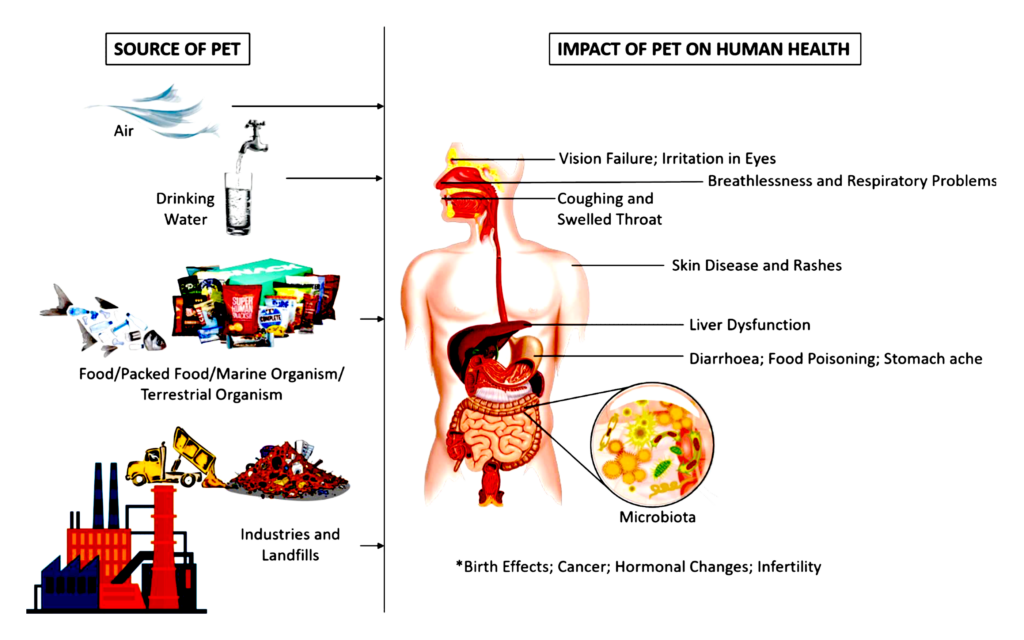
Undegradable?
“Unlike other materials, such as metal and wood, plastics do not degrade in the environment,” says Crook, and, he adds, we have yet to figure out how to make it quickly degradable. According to Crook, nature takes care of the other materials, but waste management systems are overwhelmed by the sheer volume of plastics.
“Our waste streams are built to allow for some level of leakage,” he says. “For example, if metal, wood, or food falls off a truck, nature will take care of it. It will rust or break down. But nothing happens to plastic.”
However, Crook believes science can meet this challenge. “In fact, scientists have recently discovered PET-degrading microbes like Ideonella sakaiensis.”
Crook, a chemical and biomolecular engineer, launched the Emerging Frontiers in Research and Innovation program with Carol Hall and Orlin Velev at the National Science Foundation. Their strategy is to develop technologies to collect and degrade plastics in the oceans. Crook’s role, in particular, is to develop microbes that will eat the plastics.
Laboratory Controlled Experiments
“Existing methods were either difficult or time-consuming,” Crook says. Instead, he will use a strategy his lab developed, which doesn’t damage essential genes and is easy to use. The hope is to make a marine microbe, Vibrio natriegens, operate faster, because bacteria currently known to degrade PET are usually slow.
He chose Vibrio natriegens due to its unique characteristics. It is non-pathogenic, salt-tolerant, lives in brackish water, and has the fastest reproduction time of any bacterium — less than 10 minutes — provided it is grown under the right conditions.
“I joined this project because I thought it was really cool,” he says. “Our initial studies indicated that it would take 21 years for these bacteria to break down PET, but we think we can do better. By developing this strain, we can hopefully develop a strategy to remove the plastics that end up in the oceans.”
MORE
Emma Davies is an award-winning journalist and a contributing editor for Coastwatch. She is pursuing a masters of arts in liberal studies at North Carolina State University, with a concentration in communication and genetic engineering.
lead photo: NOAA
- Categories:
